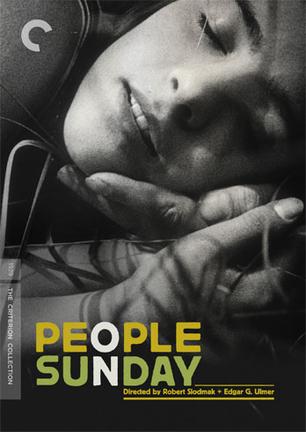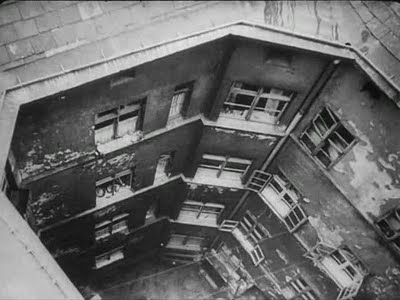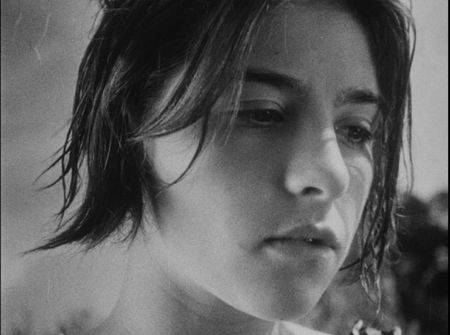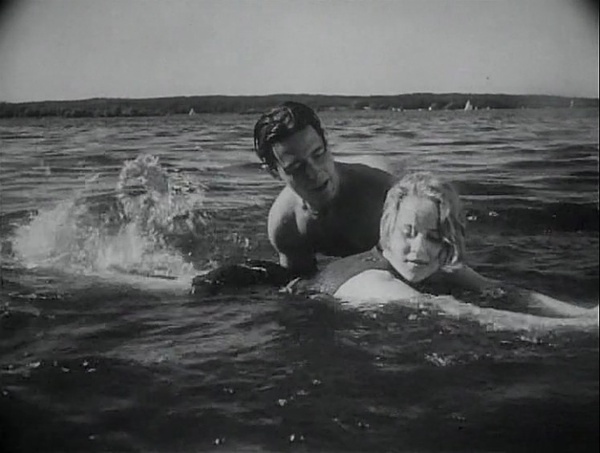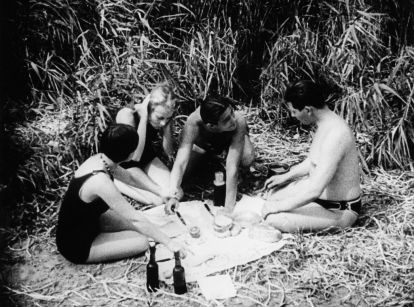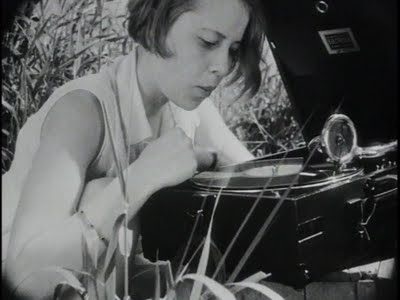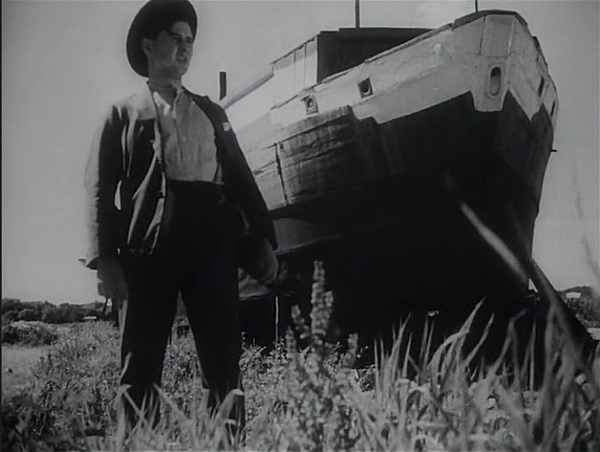-
Сообщений
1 219 -
Зарегистрирован
-
Посещение
Тип контента
Профили
Форумы
Галерея
- Изображения
- Комментарии к изображению
- Отзывы к изображениям
- Альбомы
- Комментарии альбома
- Отзывы на альбом
События
Имена
Фильмы
Киностудии
Блоги
Идеи
Весь контент Диотима с Безуминкой
-
Lillian Schwartz-The Artist and the Computer pt.1 1976 documentary
Shirley Horrocks Flip & Two Twisters
Paul Sharits
Historias Extraordinarias (2008) – Mariano Llinas
The Temptation of St. Tony (2009) – Veiko Ounpuu
Camel(s) (2002) – Park Ki-yong
Phantom Love (2007) – Nina Menkes
Munyurangabo (2007) – Lee Isaac Chung
Oxhide (2005) Oxhide II (2009) – Liu Jiayin
Honey (2010) Semih Kaplanoglu
All Things Were Now Overtaken by Silence (2010) – Nicholas Pereda
Disorder (2009) – Huang Weikai
Paju (2009) – Park Chan-ok
Desert Dream (2007) – Zhang Lu
Life Track (2007) – Jin Guang-hao
Tie Xi Qu: West of the Tracks (2003) Wang Bing
Sleep Furiously (2008) Gideon Koppel
In Between Days (2006) So Young Kim
Krisana (2005) Fred Keleman
Hanging Garden (2005) Toshiaki Toyoda
Black Sun (2005) Gary Tarn
The Fourth Dimension (2001) Trinh T. Minh-ha
Kanchivaram (2008) Priyadarshan
Mango Yellow (2002) Claudio Assis
Silence of the Sea (2003) Vahid Mousaian
Close So Close (2002) Stella Theodoraki
Bleak Night (2010, Yoon)
Three Rooms of Melancholia (2004, Honkasalo)
Eternity (2010, Kongsakul)
The Rebirth (2007, Kobayashi)
Souls of Naples (2004, Monnikendam)
Journals of Musan (2010, Jeon)
Sweet Little Lies (2009, Yazaki)
Mundane History (2009, Suwichakornpong)
Can Go Through Skin (2009, Rots)
Post Mortem (2010, Lorrain)
It’s Only Talk (2005, Hiroki)
Father and Daughter (2000, Dudok de Wit)
-
A Portrait of Ga Margaret Tait, 1955, 4.20 min, colour 16mm
http://en.wikipedia.org/wiki/Margaret_Tait
************************
http://www.europafilmtreasures.eu/PY/308/see-the-film-mary_wigman_dances 1929
-
из интервью со Стэном Брэкхеджем/Stan Brakhage
Да, я в буквальном смысле говорю о кино, как о волшебстве. Я достаточно много повидал в жизни для того, чтобы поверить в силы кинематографической магии. Фильм «Ребенок Розмари» для меня – документальный, как и многие другие фильмы ужасов. И то, что кино так влечет к себе волшебников не удивительно. Это связано со светом. Лично для меня любая метка, любое пятно на пленке чрезвычайно важны, ведь их появление уменьшает количество света, льющегося с экрана. Конечно, за исключением случаев, когда эта метка или это пятно сами являются источниками света. Мы, кинематографисты, работаем со светом, вступая тем самым в особые отношения с воплощенной в этом свете духовностью, магией, волшебством.»
-
A Fonte aka The Fountain A Sculpture - A monument (1970) André Luiz Oliveira
Here is another short by André Luiz Oliveira, this time it's a charming documentary on brazilian sculptor Mario Cravo Jr. and his fountain project. What makes the documentary interesting beyond its topic is Oliveira's unusal approach, he tells the story of the sculpture project only through sometimes psychedelic pictures and music/noise without conventional narration. about the sculpture: Quote: The site of the old Mercado Modelo is now occupied by a statue by Mario Cravo, the statue officially entitled "Fonte da Rampa do Mercado" ("Fountain of the Market Ramp") but more commonly referred to by locals as "A Bunda" ("The Butt").
-
An early experiment in neo-realist filmmaking, Menschen Am Sonntag is a low-budget drama about two men, a cab driver and a salesman, who find themselves with nothing to do on a Sunday in Berlin. The friends pick up a couple of young women, and the four spend the day wandering the city streets before heading to a beach in Wannsee, where they go swimming and enjoy an idyllic afternoon by the lake. After a genial but determined attempt at seduction by the two men, the foursome returns to Berlin, with the depressing prospect of another working week looming before them. Menschen Am Sonntag is most notable today for the behind-the-camera contributions of several young German filmmakers who would later win greater fame after expatriating to the United States following the rise of the Third Reich, among them Billy Wilder, Fred Zinnemann, Robert Siodmak, Edgar G. Ulmer, and Curt Siodmak.
http://en.wikipedia.org/wiki/People_on_Sunday
Люди в воскресенье, 1930 на ютьюбе
-
Что-то я обрадовалась по поводу вашего поста о "Мостах" Иствуда и решила не скрывать своей мелочной реакции

-
White Darkness 2002 Richard Stanley
In The White Darkness Stanley follows a pregnant Manbo priestess, Edelle, and a sorceror, Altes Paul, on their journey to the holy mountain, the seat of the god Oguon Fera and a ritual site. Altes Paul’s story is fascinating. Having sold his soul to the devil and acquired life long prosperity, his powers have become legend in Haiti. His ‘death magic’ – an ability to kill – has made him notorious. Stanley is asked whether he requires Altes’ assistance. Edele practices white magic and like many other Haitians, sees the struggle to explain voudou as a historical struggle. Voudou is what makes the ‘past present’ for Haitians, who consider the current military occupation to be a continuation of previous political struggles.
Colonel Walker, who was then head of the occupying forces on the island, made this comparison to describe the position of the Americans: ‘The holy spirit cannot compromise with Satan, and essentially that’s what you do when you compromise with voudou.’ Ostensibly, the forces are there to control drug-trafficking, but the values underpinning their agenda are shown to be strikingly similar to that of the Christian missionaries working on the island.The Colonel was later removed from his post because of the documentary evidence of his views.
Q: Were you seeking to expose the political situation in Haiti?
RS: I actually went out there to get initiated as a hou’gan. I kept accidentally meeting up with white people, and accidentally coming across information. I tried to include stuff which surprised me, for example, the medical experimentation on Haitians with, for example, subcutaneous contraception, that the first experiment with a gas chamber was in Chambiere. I was not expecting such a strong Western prescence there. There’s a sense that being on the home soil means none of the normal rules apply. It was impossible to find anyone to talk about the medical experiments.
Q: The missionary and colonel seemed quite eager to explain their role in Haiti.
RS: I think a lot of the time these people, and the forces marines had no idea what our intentions were. Wally Turnbull, the American missionary, was like a Dr. Moreau. He had imported bees, set up a hamburger stall, and a fish farm. He was trying to isolate himself from the Haitian people. At one point during an interview, he picked up a snail from the ground, and stamped on it, stating that it was a French import. It’s the classic colonial thing to remodel a colonised place to resemble home.
Q: What aspects of voodoo that you’ve seen challenge the common perception of it?
RS: Most books consider voodoo to be a combination of Roman Catholicism and African mythology. There are elements of voodoo that have nothing to do with either. There is a huge amount of Old World Masonic imagery – for example, pentagrams – which suggests that perhaps three or four hundred years ago slaves were initiated by previous imperialists. That’s something that hasn’t been talked about. I was told about the various handshakes and rituals that I would need to know. Altes Paul (sorcerer) warmed to me after I gave him a third-degree masonic handshake, convinced that I was a fellow mason. Also, possession was a very real physical phenomenon. The Baptists in Haiti also experience something very similar – the talking in tongues, for example.
Q: You seem to efface your presence in ‘The White Darkness’, at least until the very end. Is that deliberate?
RS: Yes, it’s a deliberate moral choice. It’s difficult to morally justify other people’s suffering for the British general public. In the background you have devastation, and the person you’re supposed to feel pity for is the war correspondent. The worst example of this is War on Sarajevo. I’ve never got with that as a style. I was probably more hardcore in Voices of the Moon, where I didn’t use any voice-over at all, and didn’t appear in front of the camera, aside from in a couple of stills in the end credits. I’ve been particularly influenced by Tarkovsky, and Werner Herzog’s documentary work.
Q: Edele, the manbo priestess in ‘The White Darkness’ frequently repeats that she knew you were coming. What do you think she meant?
RS: One night, when she was in a possession, she told me I would not have to pay for the things my ancestors had done. I felt grateful for that. I represented a message in a bottle. Edele wanted their pictures to be taken back to the outside world. She was under the misapprehension that the world was full of fellow spirits that would understand their plight. There is a natural assumption that vodou is satanic. That gave me an impetus to stay out there. It was a service to get the information out there.
-
HÄXAN narrated by William Burroughs 1 of 8
(на ютьюбе) и о фильме и режиссере, кадрыo Face Value
I have portrayed not only faces, but also spaces and words, just like Noshka has created a sound portrait of voices and languages. (Johan VAN DER KEUKEN)
Особые приметы 1964 Сколимовски
******************
Henri Plaat
*************
张曼玉 Maggie Cheung
关锦鹏 Stanley Kwan
刘嘉玲 Carina Lau
-
希望之旅 Railroad of Hope (2002)
简介
绿色总是给人以希望,不管是90年版的《希望之旅》中土耳其人变卖家财,背井离乡,不畏艰辛投奔人间天堂瑞士,还是02年版宁瀛导演镜头里的四川农民不辞劳苦奔赴新疆采棉花,都是艰苦生存的人们对美好生活的不懈追求和向往……
剧情
每年八九月间,都会有成千上万的四川农民拥上西行的火车,经过三天两夜长达3000多公里的行程,来到祖国的大西北新疆。那里一望无际的棉花正在等待收割。对他们当中大多数人而言,这是头一次离开家乡,也是头一次坐火车。也许这是头一次,我们可以如此直接地和真实地倾听贫困地区的中国农民,第一次讲述他们自己的故事。镜头对准一群去新疆摘棉花的四川民工,在明知人生并非可以被无限希望所填充的物体,实际是一个巨大空无的情况下,宁瀛仍然对这漫长的旅程寄予了基本的关怀和肯定,包括拍摄者自己。
秋天棉花成熟的季节,铁路运输面临一个与春运一样的运输高峰--无数人从四川到新疆去,车厢里满载着人,也满载着希望。导演宁瀛与一个摄影师,跟着踏上了这一条希望之路。他们在车厢里,记录下了一张张脸,一段段对白,一个个故事。他们问这些农民,男人、女人、老人、孩子、少年--同样的几个问题:“你觉得幸福吗?”“你生活中最重要的是什么?”“你想要怎样的生活?”这几个知识分子式的、形而上的问题在拥挤的车厢里一遍遍响起,而回答是直接的,质朴的,向人们展开了关于底层的真实的一页。作为导演,宁瀛有着强大的控制力,这部纪录片几乎象个故事片一样引人入胜,她对影像与节奏的卓越的控制能力,让人心生敬意。
影片评价
她(宁瀛)的作品一直都是剧情片与纪录片的出色结合,并且每时每刻都在呈现着自己国家的那个不安和躁动的灵魂……从这个角度来说,宁瀛成为(也许在她无意间)中国那些志力于创作“情感兼纪实”风格电影的新一代导演的代表人物。 ——意大利宣言报
Every year during August and September, several thousand agricultural workers travel more than 1800 miles across China, from Szechwan to the Xinjiang Autonomous Region. There, endless cotton fields await the harvest. For many, it is the first time away from the home village, and the first time on a train. In fascinating detail and nuance, RAILROAD OF HOPE casts a light on the relatively new phenomenon of internal migrations across China, featuring the scores of workers traveling by rail. During the journey, the camera crew wanders the train, filming passengers as they eat or sleep, and asking them such questions as "Is this your first trip?" "What are your ideals?" "What is important to you in your life?" The result is a rare and wonderful presentation of the thoughts, hopes, and dreams of ordinary Chinese.
Ning Ying was born in Beijing. She first directed a film in 1990, yet recently was the subject of a retrospective at the Harvard Film Archive. At the international level, her best known films include: FOR FUN, ON THE BEAT and I LOVE BEIJING which are also known as the BEIJING TRILOGY. These films show the profound changes experienced by ordinary Chinese people during the post-Mao reforms.
Filmography as Director (selected)
COMMUNE BY THE GREAT WALL (2002)
RAILROAD OF HOPE (2002)
IN OUR OWN WORDS (2001)
I LOVE BEIJING (2000)
ON THE BEAT (1995)
FOR FUN (1992)
SOMEONE LOVES JUST ME (1990)
独立导演宁瀛在纪录片领域显示出与她执导故事片时毫不逊色的才华。 ——法国世界报
影片导演
-
Зонтик 杜海滨 (официальный сайт), на КП и ИМДБ нет

导演:
杜海滨 ,陕西人,现居北京。2000年毕业于北京电影学院摄影学院,一直从事影像创作。
作品:
1999年,纪录片《窦豆》,45分钟。
2001年,纪录片《铁路沿线》,120分钟。
2002年,纪录片《高楼下面》,100分钟。
2003年,剧情短片《北京纪事》,40分钟。
2005年,纪录片《人面桃花》,98分钟。
2005年,纪录片《电影 · 童年》,86分钟。
2006年,纪录片《石山》,123分钟。
2007年,纪录片《伞》,110分钟
2009年, 纪录片《1428》,120分钟
主要获奖 :
《铁路沿线》,日本山形国际纪录片电影节特别奖,中国首届独立映像展最佳纪录片。
《石山》,2007年釜山电影节最佳纪录片。
《伞》,2008年获法国真实电影节评委会奖。
《1428》,2009年威尼斯电影节最佳纪录片
********************
1428
2008年5月12日14 :28, 四川大地震发生。 第一部分: 地震后10天。 公众的悲痛欲绝、救灾的十万火急,在铺天盖地的报道和施救之中,“生存”成为最重要的一个词:竭力寻找搜救亲人的个人、痛彻心扉的家庭,救出山里受灾养猪场的牲畜,在倒塌的瓦砾间收集菲薄的报废金属……废墟之上,衣衫褴褛的流浪汉在游荡,就像塔罗牌中的“愚人”,冷眼旁观近乎荒谬的厄运突如其来降临的悲惨世界;一位和尚与一位道士这样总结了地震:“地震的肆虐,是因为土地爷已经长久不被供奉在我们的庙宇里了……”。 第二部分:地震后210天。 四川的这个严酷隆冬,村民正在准备农历新年的庆祝活动。重建计划和救灾资金落实中的问题,让流浪汉和他的亲人颇为不满。为了迎接中央领导的到访,彻底的村庄清理和帐篷难民安置正在进行(显然每个人都将在冬天到来前住进新安置房的诺言还没法完全兑现)。简易安置房区,质量低劣的变压器造成停电,中断了大家的晚餐。 新年的早晨,俯瞰北川-受灾最为严重的县城:游客们络绎不绝地到来,不时与兜售最悲惨场景DVD光盘、纪念相册的摊贩讨价还价,在7万人顷刻丧生的废墟前带着观光意味拍照留念……


.jpg)

